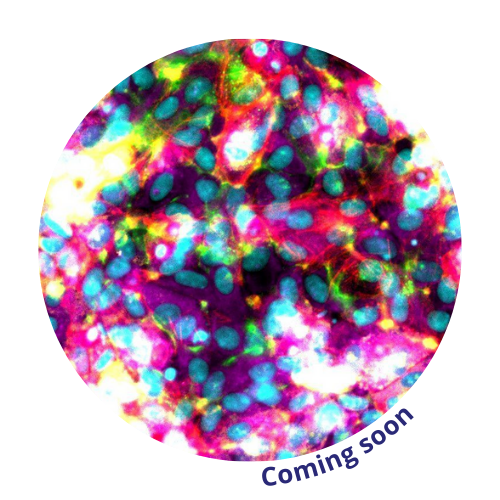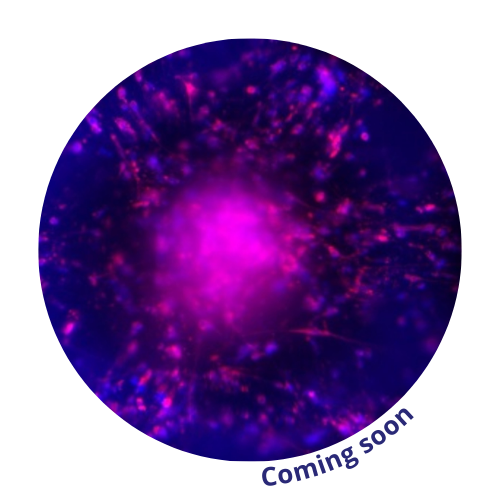Skin
Human endothelialized skin-on-chip
- Human-relevant skin model equivalent compatible with drug screening and skin sensitization assays
- Epidermis / dermis / immune cells interplay (circulating & tissue-resident)
- Fully differentiated functional endothelial barrier
- Controlled microenvironment for skin
Schedule a Consultation with Our Experts
Applications
- Evaluate topical / systemic drug candidates for efficacy, toxicity, and immunogenic potential in pharmaceutical research
- Assess skin sensitization, irritation, and dermal absorption for cosmetics in accordance with evolving in vitro testing regulations
Endpoints
- Tissue viability and morphological integrity (e.g., MTT, LDH, histological staining)
- Skin sensitization markers (e.g. immune cell activation assays)
- Barrier function and dermal absorption studies (potential for IVPT/IVRT)
Longitudinal imaging of epidermal differentiation, endothelial integrity and immune cells infiltration
Additional downstream analyses available: Samples can be accessed at any time for molecular analysis, cytokine profiling, phenotypic analysis, histological assessment, and advanced -omics studies.
Unique
Cherry Biotech expertise
- A fully differentiated 3D skin model recapitulating complex interplays:
- Epidermis
- Dermis
- Vascular endothelium
- Immune compartment (circulating and tissue-resident cells)
- Scalability and plug-and-play compatibility with standard 6-well plates and transwells
Long-term culture feasibility (> 21 days) with minimal cell stress

SCIENTIFIC POSTER —
Skin sensitization and safety assessment based on an in vitro 3D vascularized fully differentiated immunocompetent skin model
Why the Skin-on-Chip Model Matters
Stringent regulations worldwide, especially in the EU banning animal tests for cosmetics, and growing pressure from the FDA to adopt alternative methods are accelerating the adoption of in vitro skin models in both pharmaceutical and cosmetic product development.
By replicating key aspects of native human skin, including an endothelial barrier and immune cell interactions, our skin-on-chip model powered by CubiX provides realistic physiological conditions. This enables more accurate evaluations of topical formulations and active compounds. For cosmetic companies, in particular, skin-on-chip offers a modern solution for assessing sensitization, irritation, and absorption without relying exclusively on traditional in vivo-based methods.
With its ability to deliver consistent, human-relevant data, our model supports the industry’s push toward high-quality safety and efficacy studies while aligning with the latest regulatory guidelines. Cherry on the cake, it significantly reduces animal testing, aligning with ethical research principles (Replacement, Reduction, and Refinement – the 3Rs)🍒.
Our Key to Achieve These Models in 3D
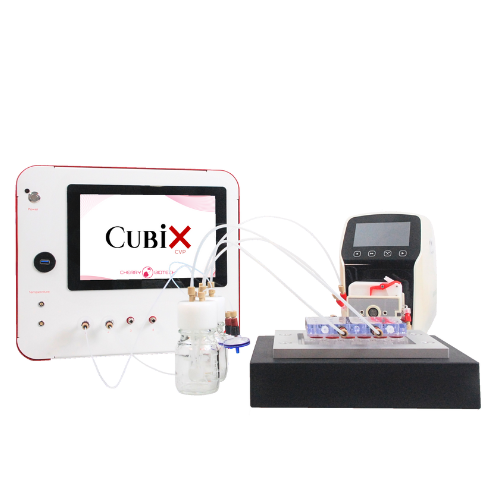
CubiX – Microphysiological (MPS) platform is the only microenvironment controller fully compatible with live imaging. It enables mimicking physiological and pathological culture conditions in vitro.
Scalable, highly customisable and user-friendly.
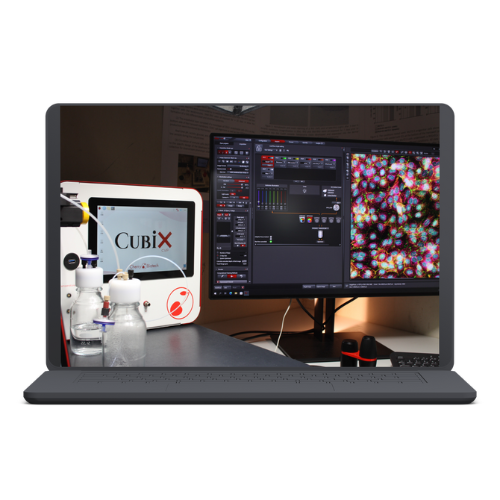
download the complete applications of CubiX - Microphysiological platform
FAQ
Using the CubiX platform we can fine-tune the temperature, flow rate, shear stress and the dissolved gases (O2, CO2, N2) of the system to create the appropriate experimental conditions. Variables such as the pH, release of lactate, the O2 and the consumption of glucose can be monitored to ensure smooth experiment run.
If you would like more detailed information on the features offered by the CubiX platform, visit our page.
Yes, the CubiX perfusion platform features a microfluidic perfusion lid (MPL) adapter compatible with standard 6-well plate accommodating 12-well transwell inserts for air-liquid interface culture. The design enables transforming static cell culture in standard multiwell into a perfusion dynamic system.
The dynamic flow powered by the CubiX system improves the human skin-on-chip model by maintaining skin viability, supporting epidermal differentiation, and increasing epidermal cell proliferation. It also sensitizes immune cells, enhancing their responsiveness to stimuli such as allergens or chemicals. Additionally, flow is essential for aligning endothelial cells, thereby strengthening the endothelial barrier and making the model more physiologically relevant.[1] Finally, it gives the framework for studying circulating immune cells and systemic drug application.
[1] E. Michielon et al., Adv. Healthcare Mater. 2024, 13, 2400750. https://doi.org/10.1002/adhm.202400750
Currently, the skin-on-chip model primarily recapitulates acute responses of healthy skin to sensitizers or drug exposures. However, we are actively developing a more advanced model that incorporates human melanoma into reconstructed human skin. Stay tuned for updates and future advancements on modeling skin pathologies.
Related Resources
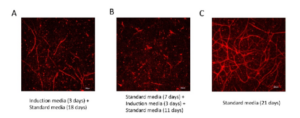 Optimization of Co-Culture Conditions for a Human Vascularized Ad...
Optimization of Co-Culture Conditions for a Human Vascularized Ad...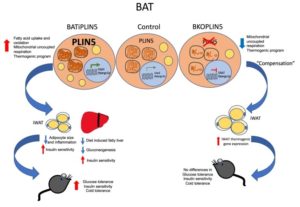 Perilipin 5 links mitochondrial uncoupled respiration in brown fa...
Perilipin 5 links mitochondrial uncoupled respiration in brown fa...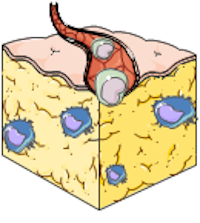 Isolation, Integration, and Culture of Human Mature Adipocytes Le...
Isolation, Integration, and Culture of Human Mature Adipocytes Le...They Trust Us
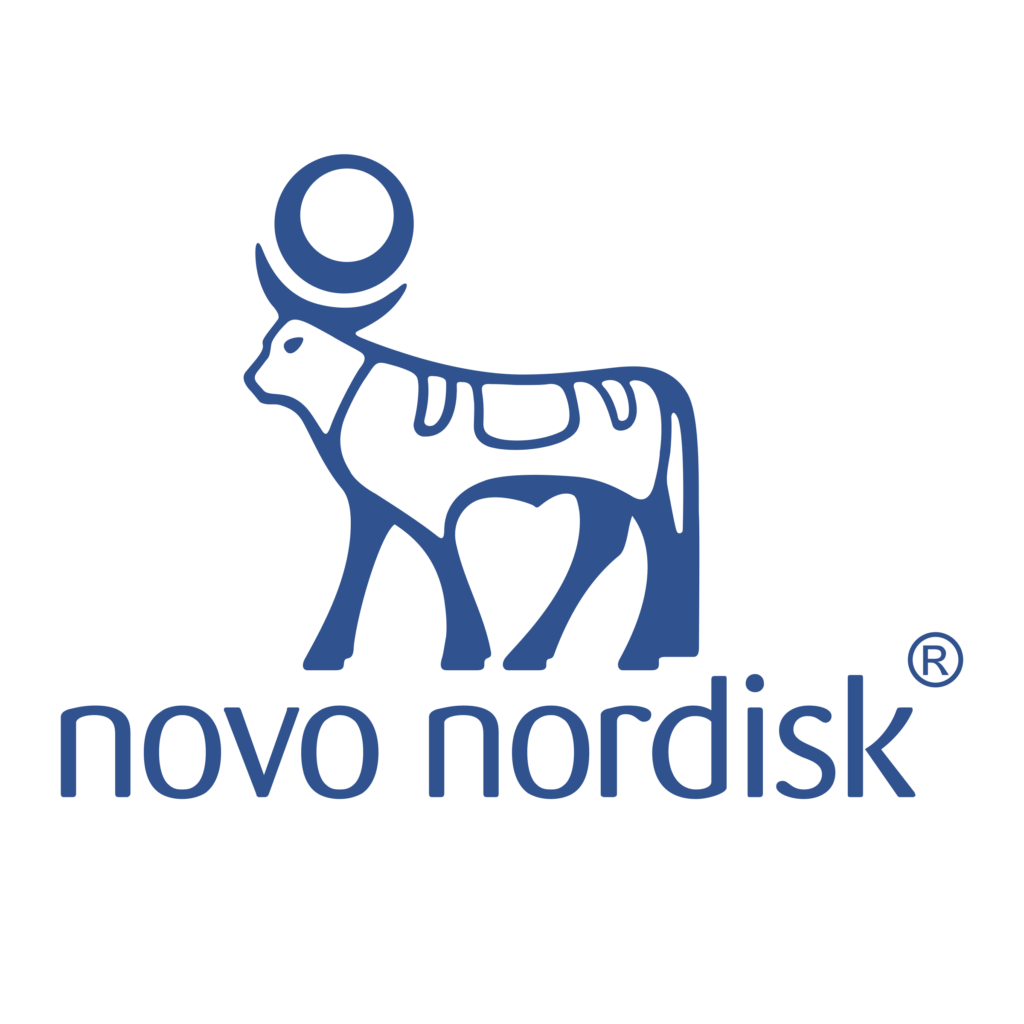


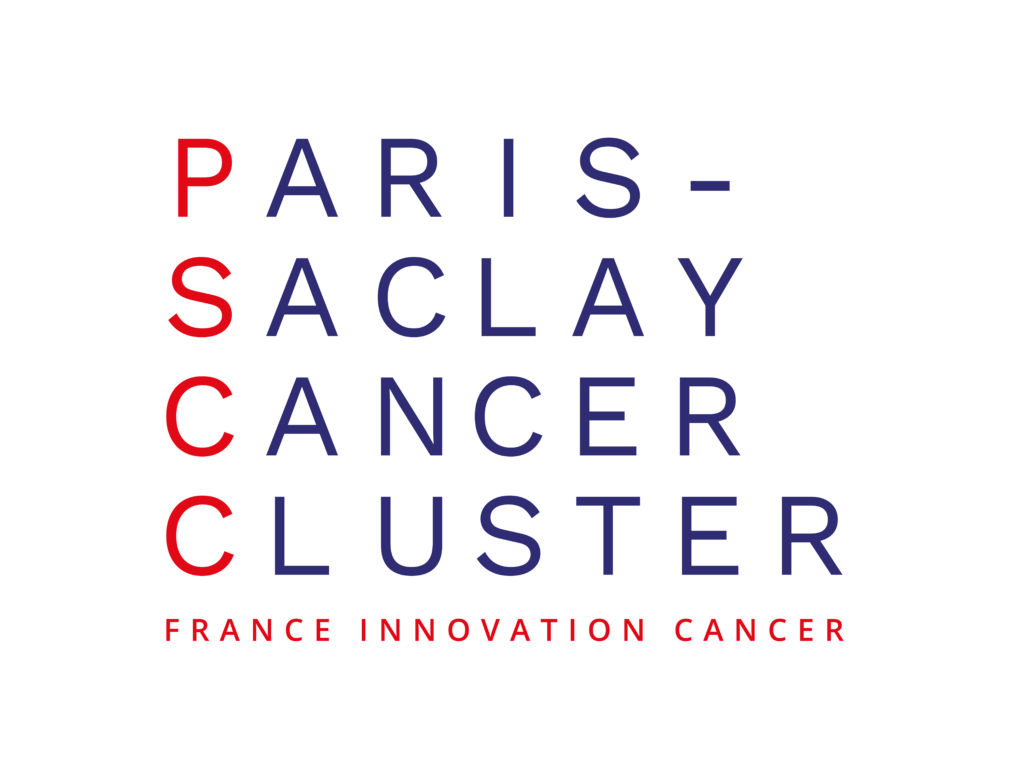
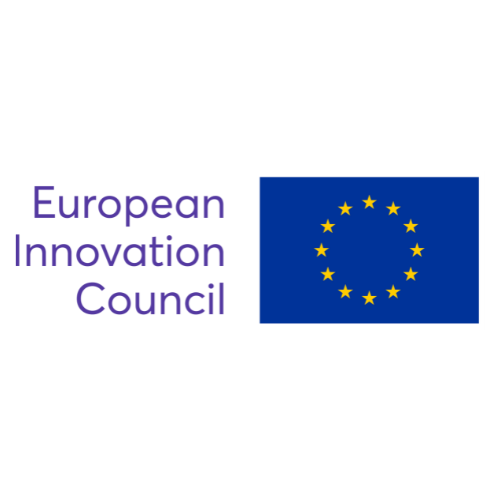

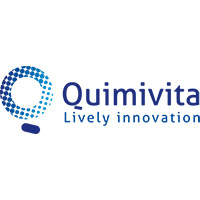
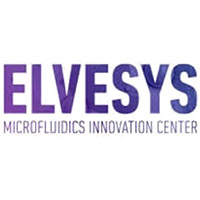
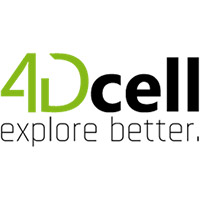
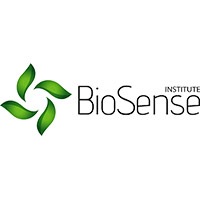
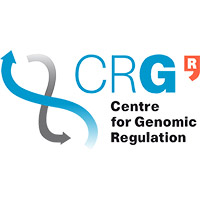
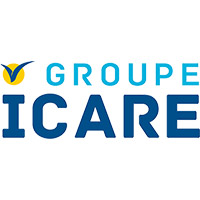


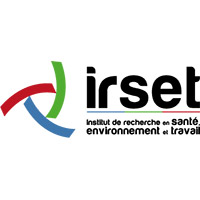


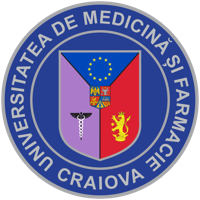


speak with our expert
Speak directly with one of our experts to see how our products and services can support your research project



